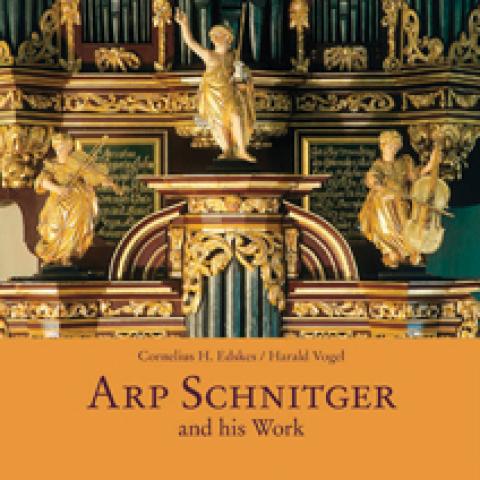Parsons Pipe Organ Builders will host an Open House on Sunday, January 10, 2010, from 1:00 to 5:00 pm. The workshop will be open to the public to view the new pipe organ constructed for Cornell University.
This organ is modeled after instruments by 18th Century German organbuilder, Arp Schnitger (1648 – 1719). The instrument was built using construction techniques and methods common in the late 17th and early 18th Centuries. Areas of research connected to this project included an historical study into the way in which the Hamburg-based Arp Schnitger worked in cities far from his own workshop. Schnitger’s collaboration with local craftsmen and artists contributed to the particular stylistic quality of late Schnitger instruments. This instrument was designed and built in collaboration with Göteborg Organ Art Center (GOArt) of Sweden and Christopher Lowe of Ithaca, New York.
The organ is assembled at Parsons’ workshop where all of the components are fitted and tested. Parsons will then disassemble and ship the organ to Cornell where it will be reassembled, under the direction of Munetaka Yokota and in cooperation with GOArt, in Anabel Taylor Chapel.
This reconstruction was possible through the combination of extensive research on pipe material, acoustics and air flow dynamics done at Chalmers University of Technology, Göteborg, Sweden, and through experimentation and development of handcraft techniques in the organ research workshop at GOArt – rediscovering forgotten methods and making them available for future organ projects. All of the research results and their practical application have been documented in an extensive publication.
For further information: www.parsonsorgans.com
Open house on January 10 for new pipe organ for Cornell University
Parsons Pipe Organ Builders



